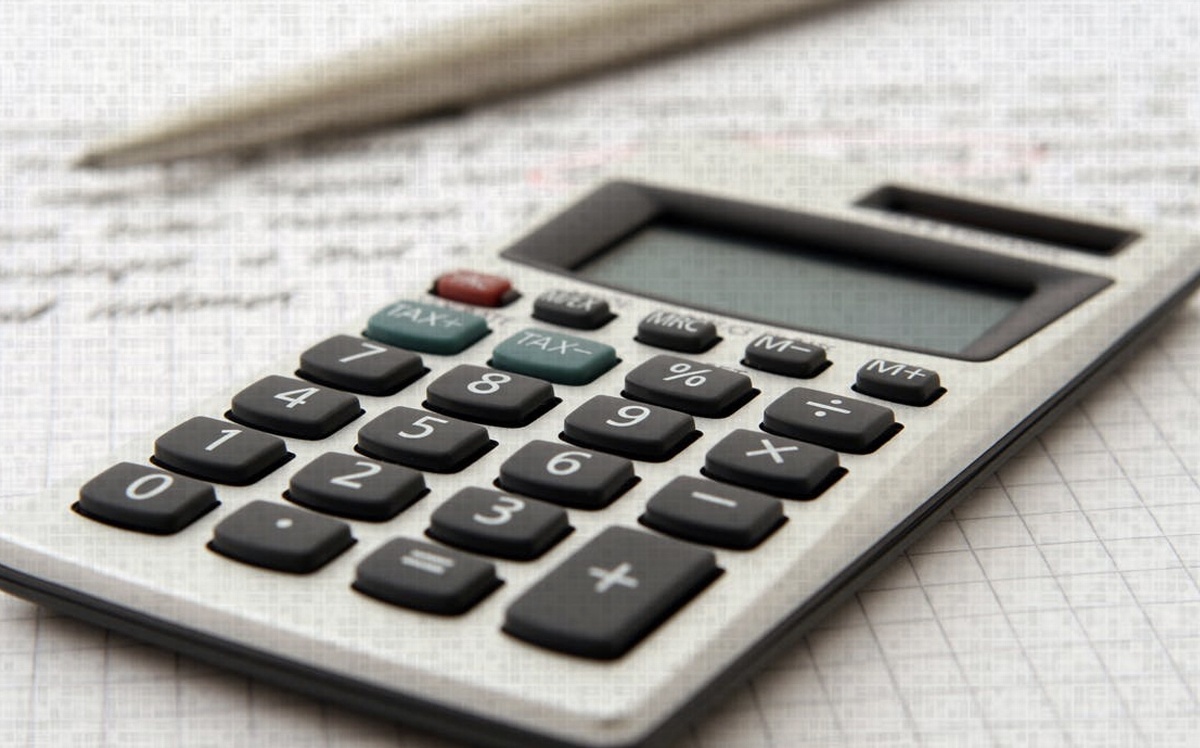There are a number of things you will have to address with your spouse during a divorce. This includes child custody and support, spousal maintenance, and of course, property division.
Property division refers to the allocation, or equitable distribution, of property acquired during the marriage, also referred to as marital property.
As explained by the New York State Unified Court System, this doesn’t just include a house. In fact: “Any property, regardless of which person is named as owner, that the Plaintiff or Defendant obtained from the date of marriage to the beginning of the divorce action. A house, car, IRA, bank account(s), pension, annuity, business and advanced degree are all examples of marital property.” Additional examples include gifts from one spouse to the other (i.e., jewelry), furniture and other items.
Anything that doesn’t fall under this category will likely be seen as separate property, or “property considered by the courts to belong only to one spouse or the other.” For instance, any inheritance obtained by either spouse during the marriage or property purchased by one spouse prior to getting married would presumably be considered separate property. Such items are not subject to equitable distribution. Remember, only marital property is examined when dividing assets.
Today, many couples sign a pre-nuptial agreement that specifies who gets what in the case of a divorce, although some details may still need to be hashed out if that does occur.
There are two ways the division of property can be dealt with.
-
The first method requires you and your spouse to negotiate with one another, with the help of legal counsel, and come up with an arrangement you both agree on.
This arrangement will be formally recorded in what’s known as a property settlement agreement. The document will map out the terms of the agreement, so both parties know exactly what they’ll be receiving and what they’ll essentially be giving up. Reviewing the property settlement agreement with your divorce and property division lawyer will help you understand what you’re agreeing to.
-
The second method is to go to trial.
Turning to a judge when dividing up marital property should be a last resort, since both parties are no longer in control over what happens to their assets. They must adhere to the judge's ruling, regardless of whether or not they're happy with the outcome. For a judge to make a decision, he or she will examine each case carefully, taking into consideration the age, health and income of both parties, the length of the marriage, as well as numerous other factors.
Getting divorced in New York State? Find out more about the divorce process and the importance of obtaining the right legal representation.
Sunshine & Feinstein, LLP, 666 Old Country Road, Suite 605, Garden City, NY 11530. (516) 742-6444. This is Attorney Advertising.






